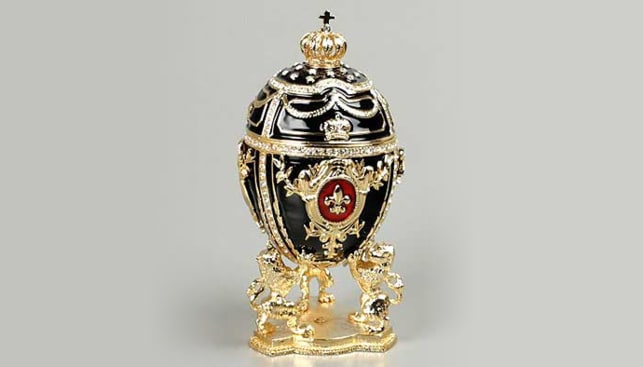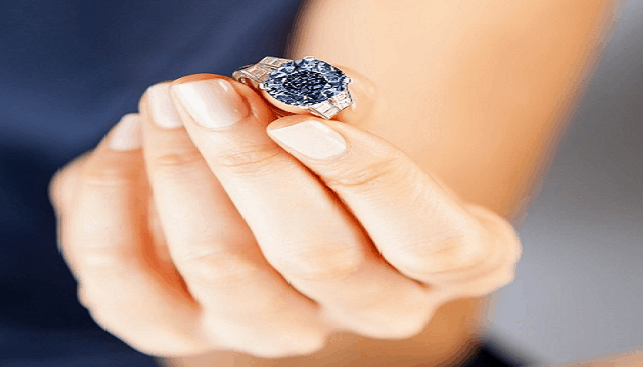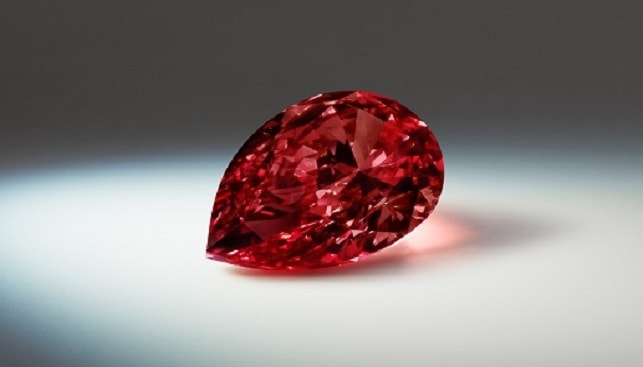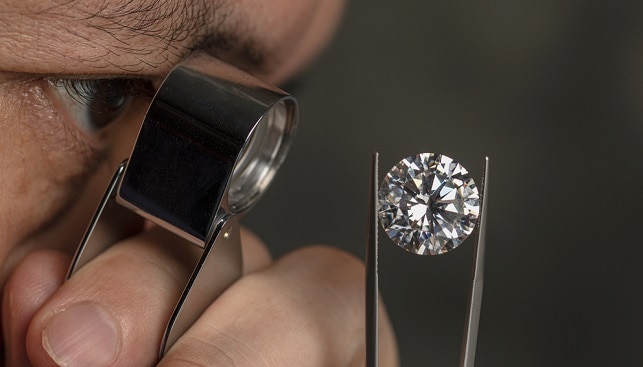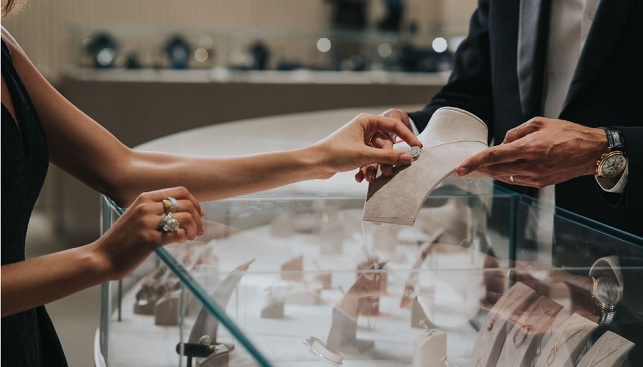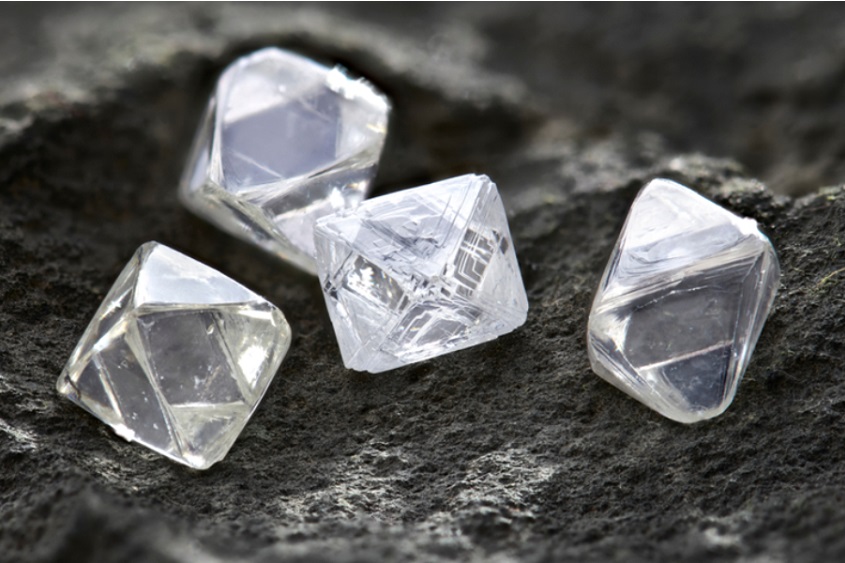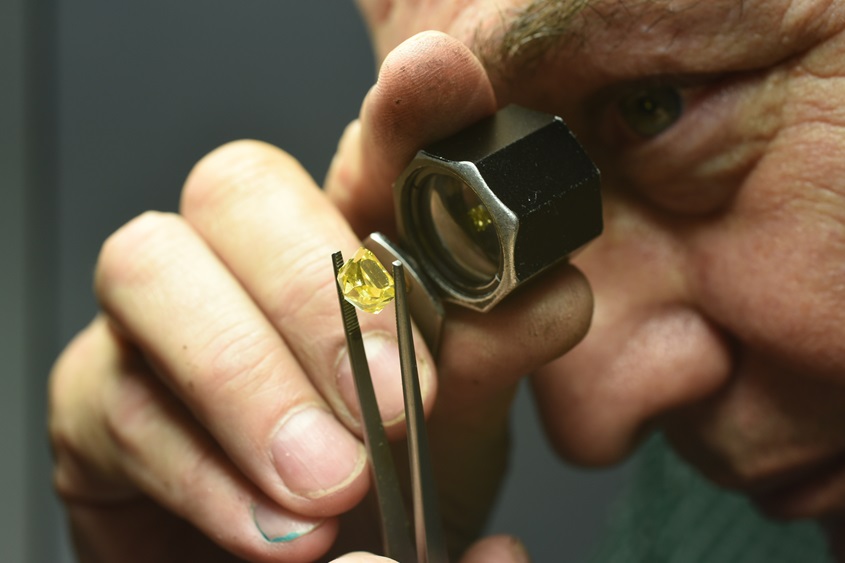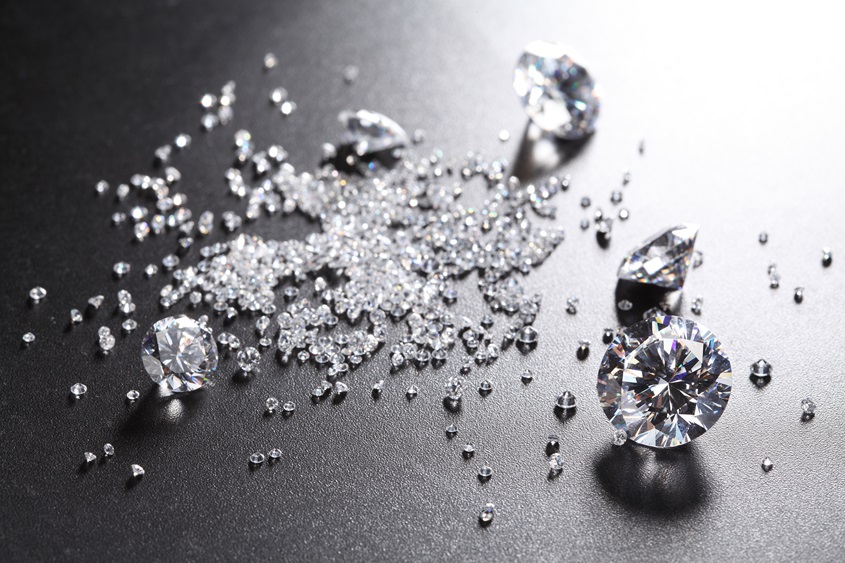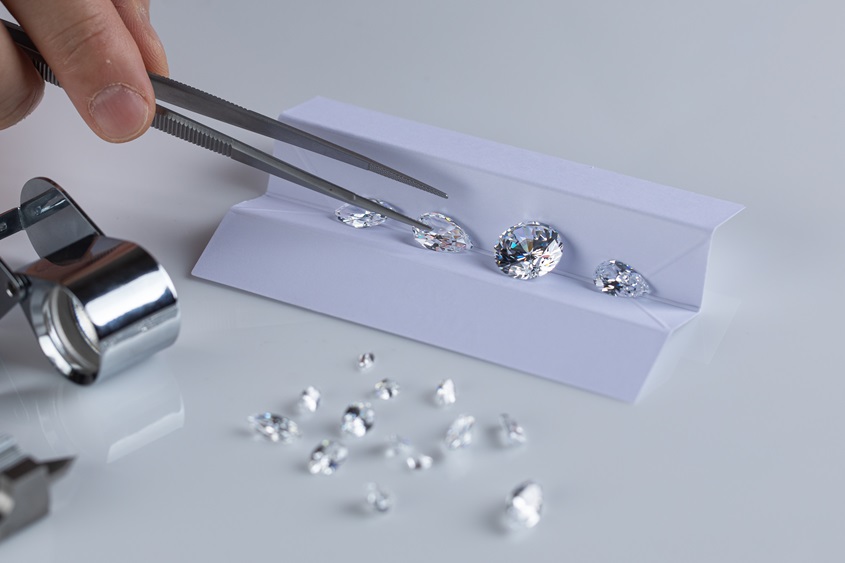From 1842, the year of its inception, until World War One, the Fabergé company of St. Petersburg created jeweled eggs for members of Russia’s aristocracy.
Fabergé Eggs
Fabergé eggs were originally created as gifts for Easter. The “shells” of the eggs were made of gold and other precious metals while inside nestled small, intricately-designed precious treasures. The overall concept referred to the traditional Russian matryoshka doll.
The first Fabergé egg was created in 1885 by Carl Fabergé for Tsar Alexander III, who gifted the egg to his wife, the Empress Maria Fedorovna. Pleased with the result, the Tsar appointed Carl Fabergé as his royal jeweler. Since then, Fabergé created an egg every year. All in all, 54 Fabergé eggs were made, 42 of which have survived to this day. The Fabergé company also made valuable miniatures and ornamented furniture. However, after 65 successful years of operation, the firm founded by Gustav Faberge was dormant from 1917, when the Russian monarchy was toppled, until almost a century later in 2009 when it began to produce new collections.
Fabergé Eggs in Public Auctions
In 2007, a Fabergé egg owned by the Rothschild family for more than a century was offered at auction by Christie’s. It sold within ten minutes, bought by a Russian buyer for a record sum of $18.5. Another egg raked in $9.6 million at a pre-auction sale.
Gustav Fabergé
In 1924, Gustav’s grandson Alexander opened Faberge et Cie in Paris, making similar products under a slightly different name to avoid trademark violations. In 1937, the firm was sold by the family and exchange hands many times over the decades.
The company now manufactures a number of products nominally unrelated to jeweled eggs, such as perfumes and hair-care products. In December of 2012, Gemfields, the British miner of colored precious gems, purchased the Faberge brand for $140 million.

